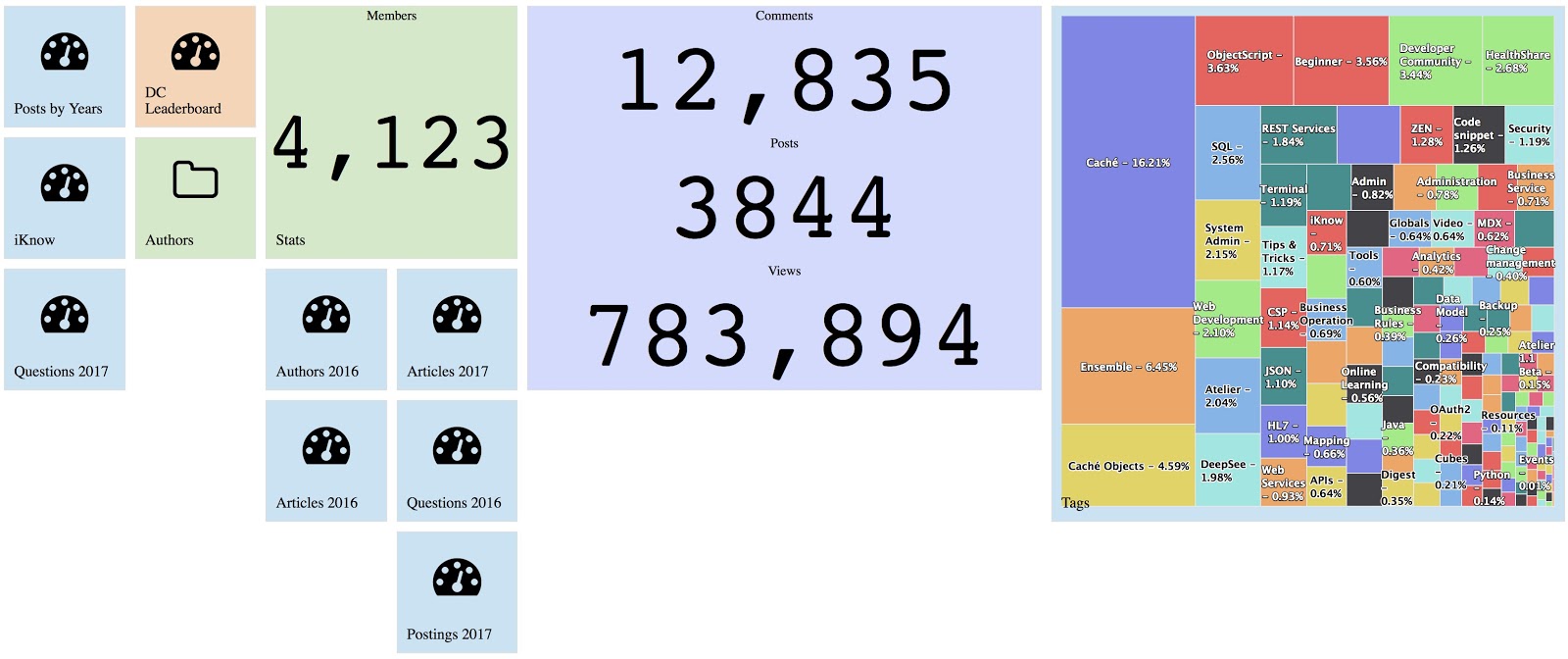There's a new and exciting enhancement to QEWD that has just been released - it's an additional layer of abstraction known as QEWD-Up. QEWD-Up hides away all the mechanics of QEWD itself, allowing you to focus on just your REST APIs and the code that implements them.
Additionally, and importantly, QEWD-Up simplifies the maintenance of your REST APIs, allowing you (and others) to quickly and easily understand their life-cycle and implementation.


